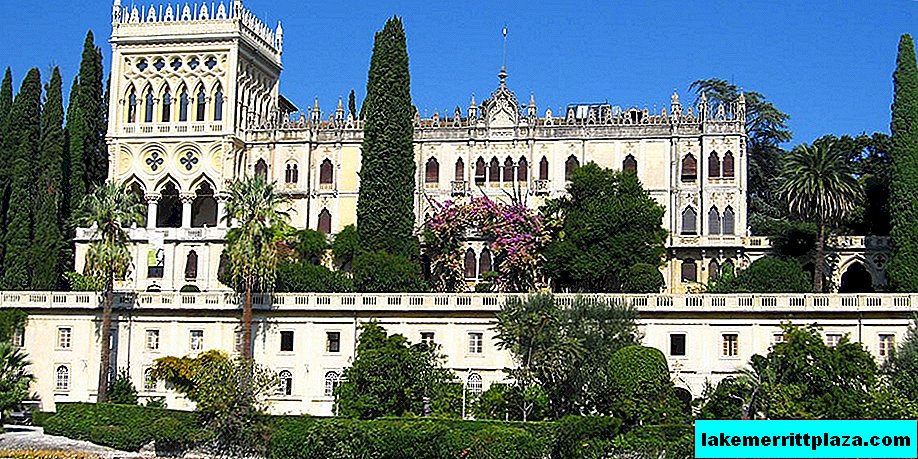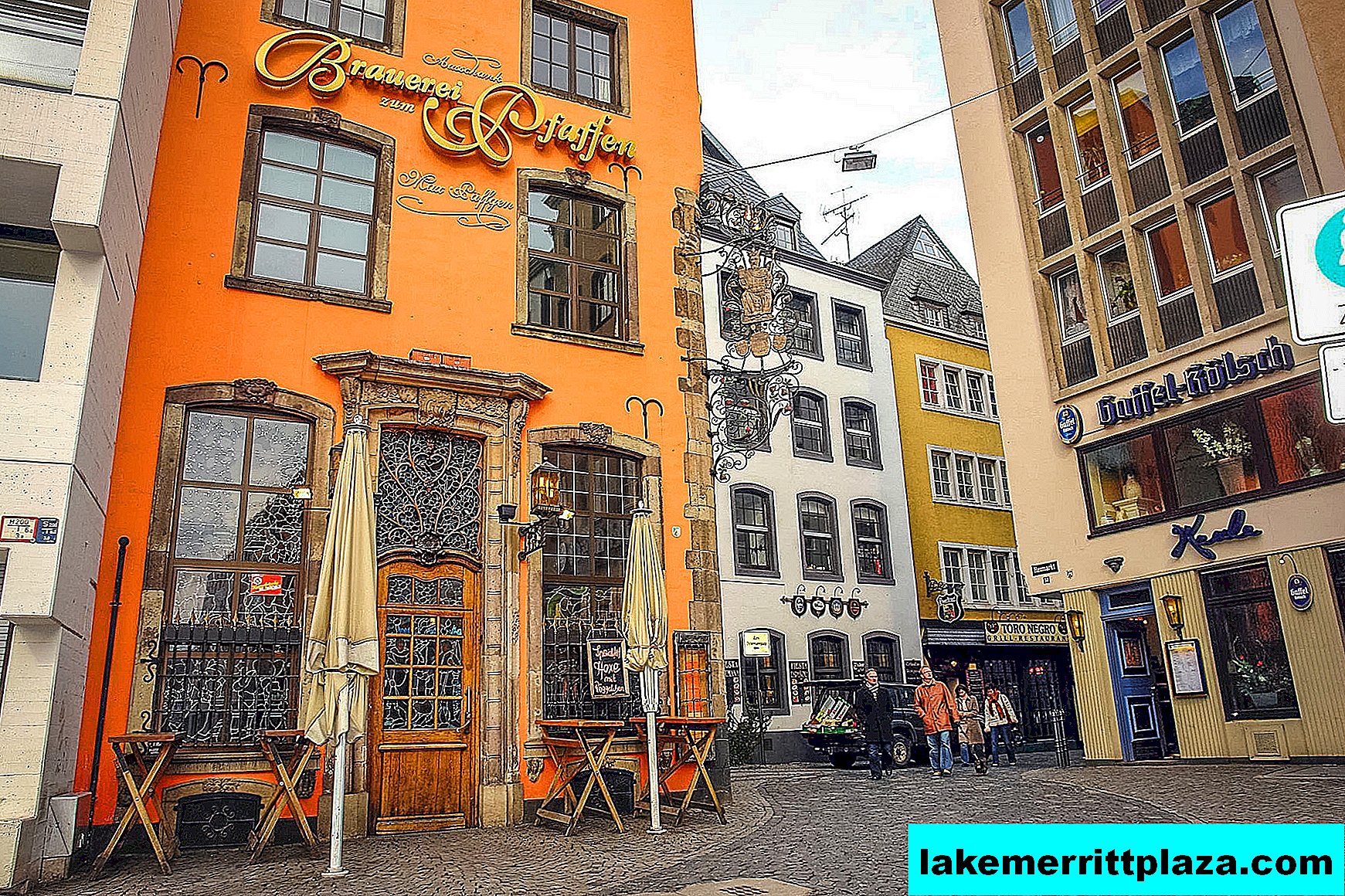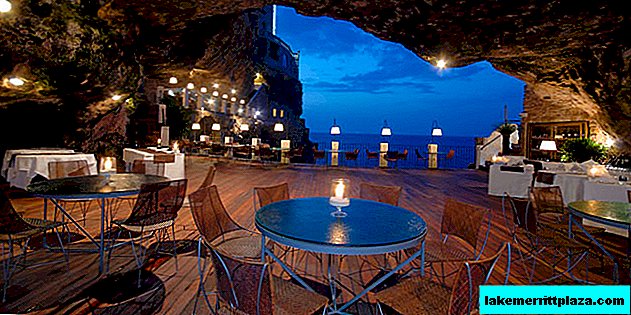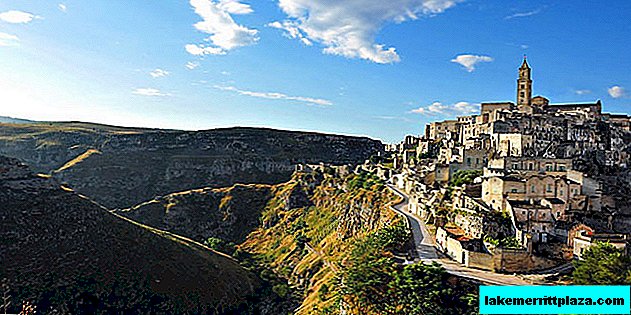Martini is a world-famous brand of Italian vermouth, sparkling wines, as well as a variety of alcoholic aperitifs. From its inception to the present day, this drink is considered a kind of symbol of luxury, an unsurpassed style, a shimmering world of wealth and presentability. The production and sale of the brand’s products is carried out by the large Martini & Rossi distillery, which is located in northern Italy in the city of Turino.

Brand History
It all started when in 1847 a quartet of ambitious and enterprising businessmen made the decision to establish their own company, which would specialize in the production and sale of sparkling wines, liquors and other alcoholic beverages. The company gets the sonorous name "Distilleria Nazionate da Spirito di Vino", and it quickly manages to gain a foothold in the Italian market.
Things are starting to go so well in the winery that by 1849, its products were flooding with stores in France, and then other European countries.
The 1860s were marked for the company as a period of dramatic changes and changes. So, in 1860, one of the founders of the brand passed away, and this event activates the process of partial reorganization of production.

Three years later, in 1863, new faces entered the wine business:
- A young and energetic entrepreneur, Alessandro Martini;
- Having worked for Distilleria Nazionate da Spirito di Vino for several years as an accountant, Teofilo Sola;
- Leading expert in the wine industry, Luigi Rossi.
With their rise to power, the company takes on a new name - "Martini, Sola e Cia". In addition, it was at this time that legendary labels first appeared on the bottles of the produced vermouth, strongly reminiscent of those that can be seen on the Martini bottle today.
Vermouth usually refers to a certain variety of flavored wine, which is made not only from ripe grape berries, but also from special herbs and spices. And, it should be noted that a similar type of alcoholic product existed in the assortment of the company until 1863.
However, thanks to a series of bold and somewhat extravagant experiments conducted by Luigi Rossi, it was possible to find the very unique recipe formula, which is still kept in the strictest confidence. It was precisely the scheme developed by the talented Italian for the preparation of spicy vermouth that allowed the company to reach a new level, gain popularity and fame not only in Italy but throughout the world.
In 1864, the first in the history of the company exported the legendary vermouth. So, boxes of alcoholic products were sent from Genoa to the United States. Thus, it is the 1860s that is considered to be the time when the brand begins to earn world fame.
In 1865, an international exhibition of alcoholic beverages was held in Dublin, according to which Martini was awarded the first degree medal for Quality. This was followed by a series of equally prestigious exhibitions and presentations in France, Great Britain, Australia and other countries.
In 1878, the export of goods to Russia was opened. Among the imported goods was not only the legendary Vermouth Martini, but also some sparkling wines.
In 1879, after a long illness, the chief accountant of the company, Teofilo Sola, passed away, his share in the production was bought by Luigi Rossi. Another rebranding takes place, and the company gets a new name "MARTINI & ROSSI".
In 1893, brand products finally find their legendary, well-recognized label. This happened as follows: the current king of Italy at that time, Umberto I (Umberto I) issued a decree allowing the use of the coat of arms of the country when developing a company logo of products.
From the end of the nineteenth century until the 1990s, the company developed quite statically. The brand had a specific, developed customer base, as well as the image of a manufacturer of exclusively high-quality goods. Moreover, in the market of that period there was no other alcohol company that would be able to compete with MARTINI & ROSSI.
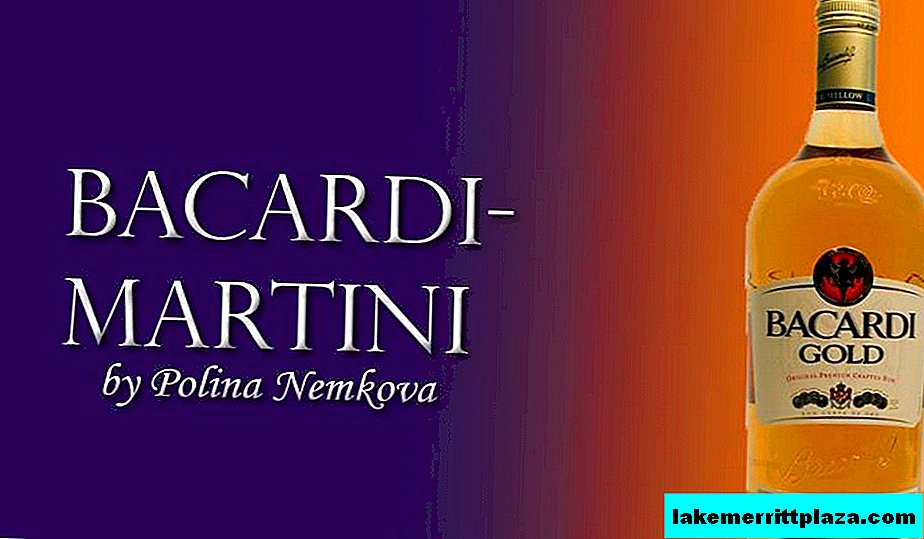
However, this situation begins to change somewhat at the end of the twentieth century and, in order to strengthen its position on the world stage, the brand leadership decides to merge the enterprise with another large winery - "BACARDI". In this way, in 1992 a new label was formed - "BACARDI-MARTINI".
Types of the legendary vermouth
Currently, the Italian BACARDI-MARTINI wineries produce a wide range of varieties of the legendary Martini vermouth.
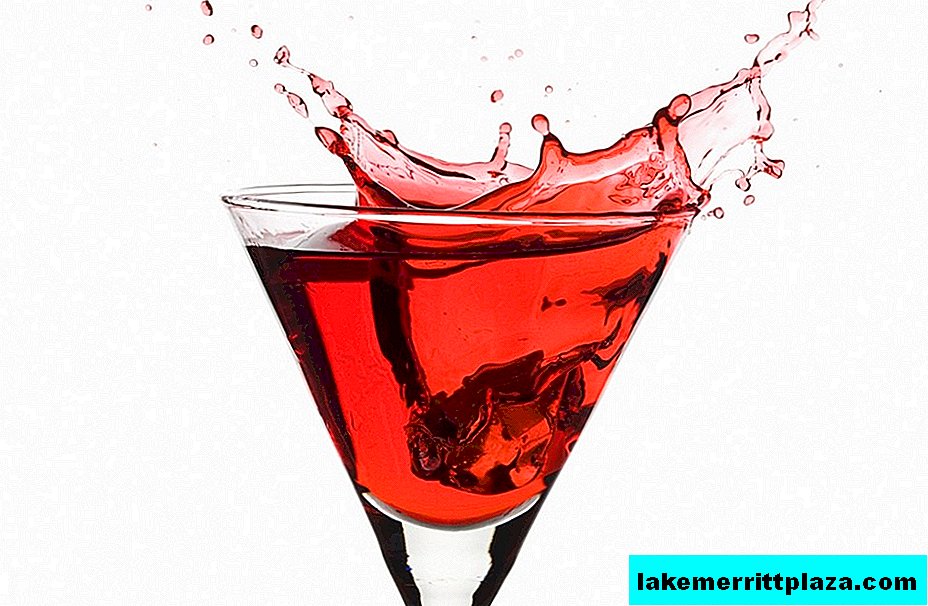
Asti
It is Muscat that gives the drink that unique tart floral-honey aroma and a golden hue. Most people mistakenly assume that Asti is the same as champagne. Of course, these sparkling wine varieties, indeed, have a number of common features, however, the technologies for their production differ significantly from each other. Thus, Asti's cooking technology involves a double fermentation process, which should take place in special hermetically sealed steel tanks. It is precisely because of this that the same gas bubbles form in the drink.
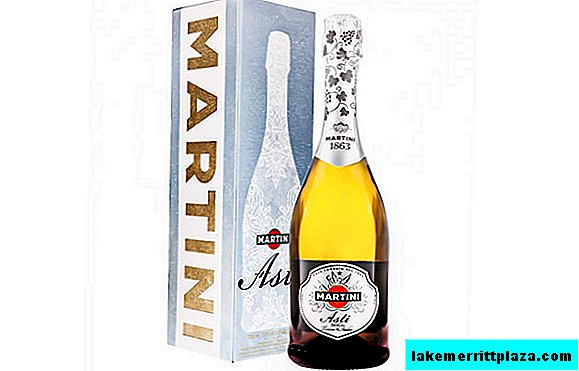
It is noteworthy that the technology for creating Asti wines has been significantly improved by specialists of the Martini brand, and from now on this drink is not subjected to double fermentation. Thanks to some secret prescription formula, the formation of gas bubbles can be achieved during the first period of fermentation in sealed containers.
Today, the production of Martini Asti is concentrated in Piemonte in the wine-producing province of Asti (Asti). In total, the brand owns about a third of Asti's global wine market.
In order to feel the whole palette of Martini Asti flavors, the drink should be cooled to a temperature equal to about 8-10 degrees Celsius. It should be served either in a wide cup-shaped champagne glass, or in a narrower flute-shaped (flute).
Roso
Martini "Rosso" - the same vermouth from which it all began, it has been produced since the distant 1862, and its name is translated into Russian as "red". The drink has a richly sweet, tart taste, which is accompanied by some notes of bitterness. A distinctive feature of this type of vermouth is a sharp aroma with tea shades.
Extra dry
At the beginning of the 20th century, the Extra Dry drink appeared. It has a noticeable straw hue, as well as a persistent rich aroma in which you can catch notes of raspberry berries, citrus and iris. It is noteworthy that the proportion of sugar in this vermouth is negligible, while the percentage of alcohol is higher than normal.
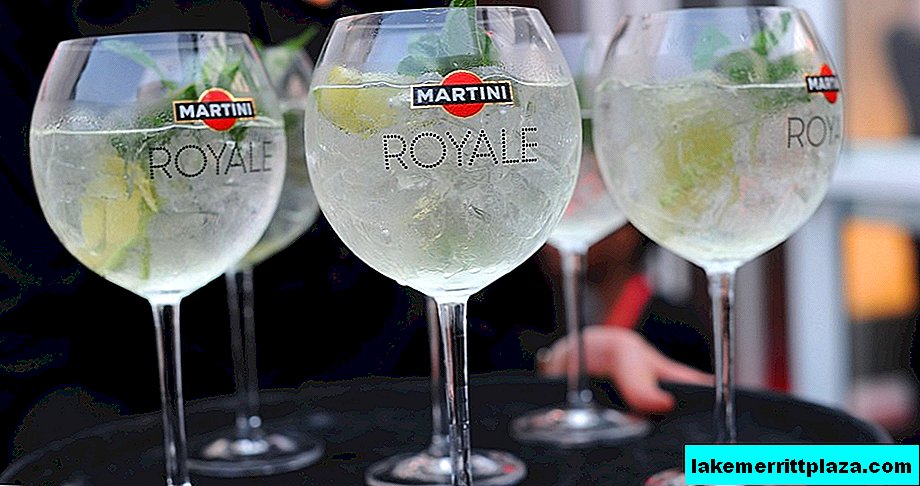
Bianco
The Martini "Bianco" production was launched in the 1910s. It has a distinctive color of light straw, has a light and soft smell of vanilla spices. The taste is characterized by sweet notes without any bitterness. As a rule, it is served with pieces of ice and slices of lemon.
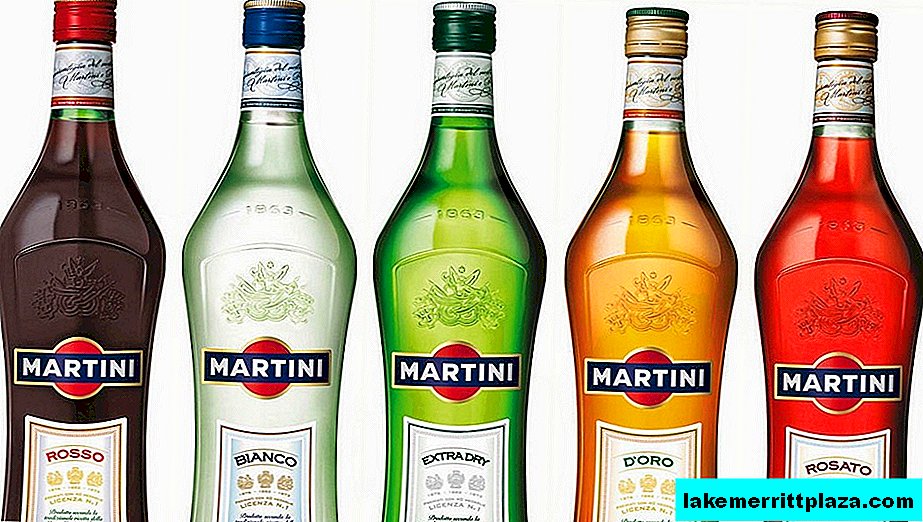
Rosato
In the 80s of the last century, a line of Rosmouth vermouths was launched. This drink is characterized by a rich, rich aroma of cinnamon and cloves, it has a beautiful noble-pink hue. In addition, he is the only one in the production of "BACARDI-MARTINI", which is made by competent mixing of red and white wines.
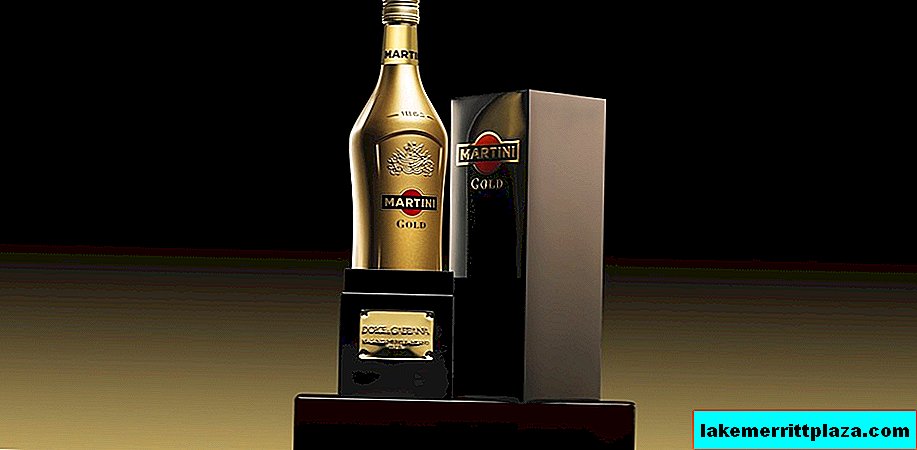
Gold
Martini "Gold" is a unique alcoholic beverage, the exclusive packaging of which was developed in collaboration with the designers of the world famous brand "Dolce & Gabbana". The basis of vermouth is dry white wine, which is diluted with a variety of spices, spices and herbs.
Interesting Facts
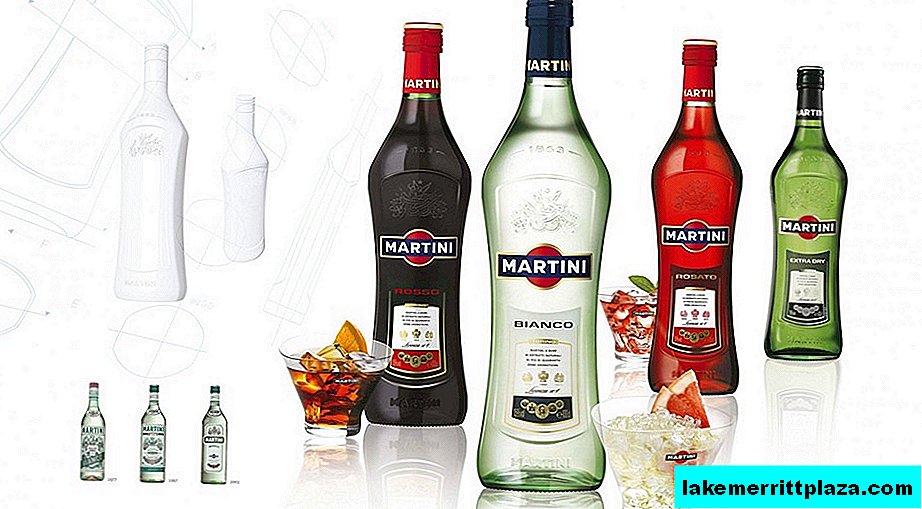
- In 1997, for the first time in the company's history, the original Martini bottle changed its shape to a more elegant and modern one. The logo design has also undergone some minor changes.
- BACARDI-MARTINI uses over 100 varieties of herbs and spices to create its legendary vermouth.
- Almost all vermouths produced by the winery have a sugar content of 16.
- In 1977, the Porsche Automobile Company launched a limited-edition line of vehicles called the Martini Edition.
- Drink Martini appears even in the "Hussar Ballad" by Eldar Ryazanov. At 73 minutes of the tape, you can see a bottle with the famous label standing on the mantelpiece.


